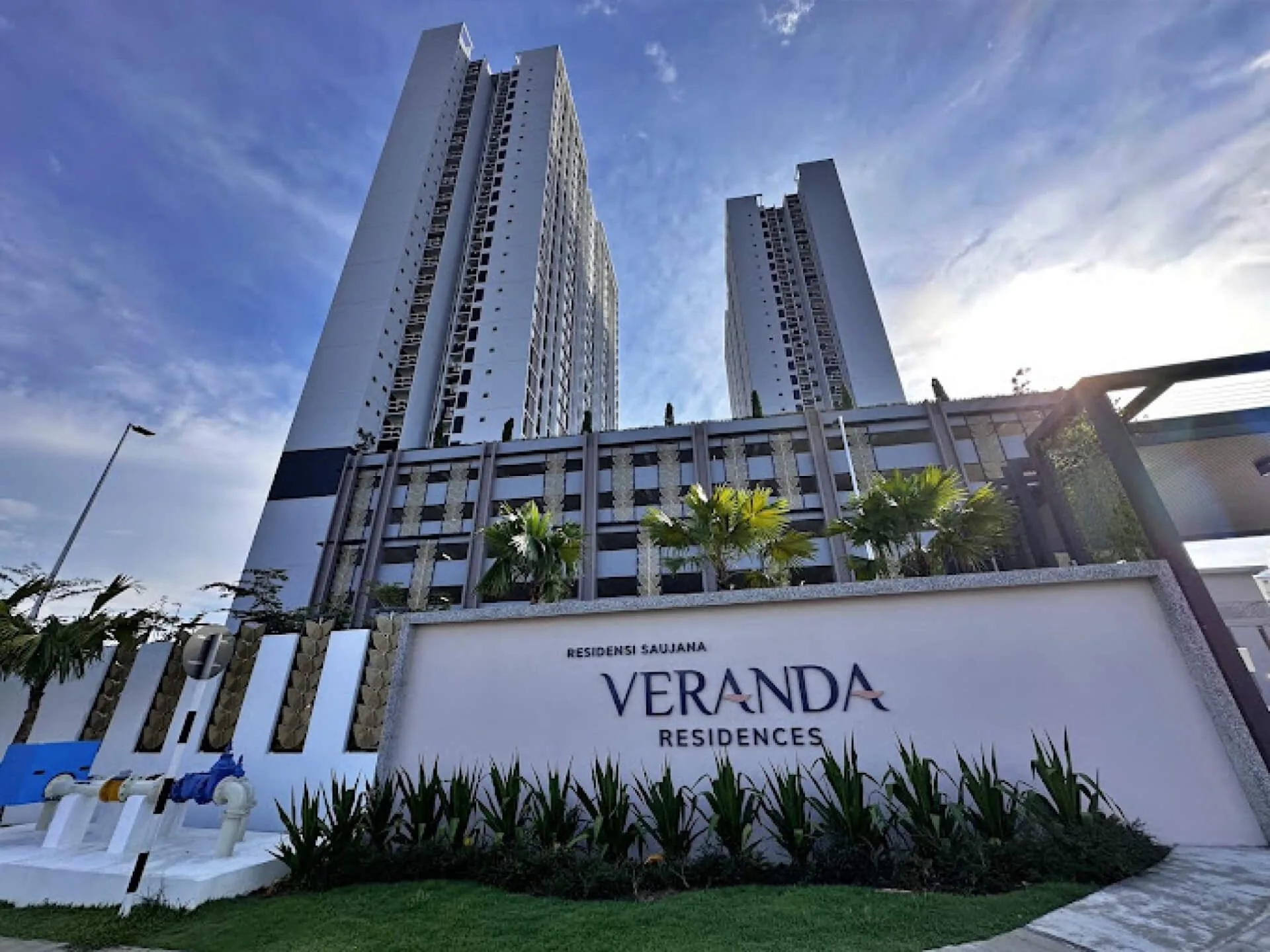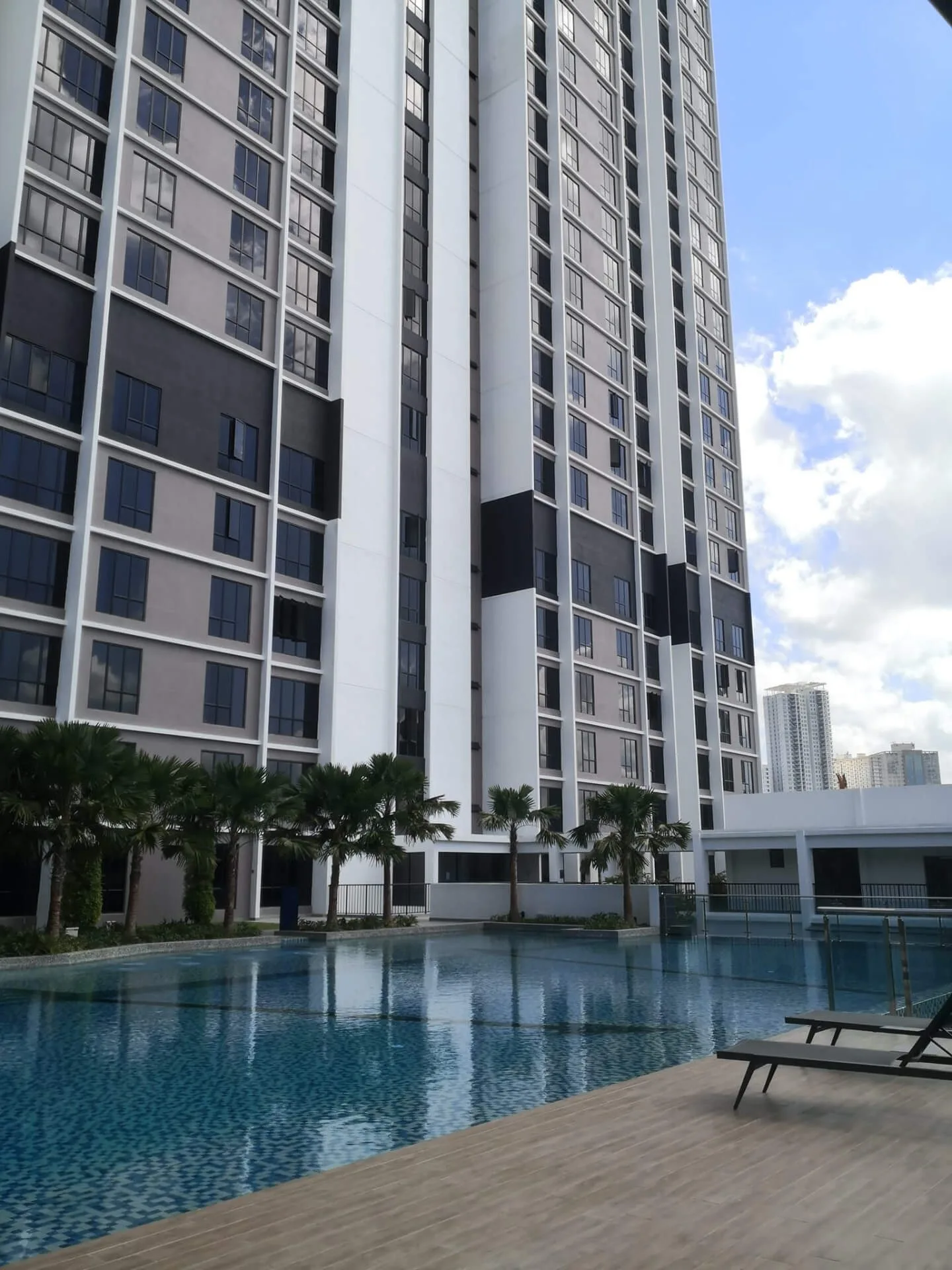
30 Jun Engineering Excellence: Achieving a 385-Ton Working Load on a 600mm Spun Pile at Veranda Residence, Johor
The Veranda Residence project in Johor Bahru, developed by Parkwood Palm Sdn Bhd (part of the SKS Group), brought with it both ambition and technical complexity. This residential development consists of two 30-storey service apartment blocks and sits on a combination of clay, sandy silt and sand foundation.
Ground Realities
With soil conditions demanding pile penetration depths of up to 66 meters—some of the deepest recorded in Johor Bahru—the overall design has to be prudent and yet achievable. Adding to the challenge, the site’s location near a school meant vibration and noise had to be tightly controlled. These factors set the stage for a foundation strategy that had to do more than just support the structure—it had to do it with minimal disruption.
Why Spun Piles?
Spun piles were selected for their strength, reliability, and cost-effectiveness. Using Grade 100 thick-wall piles in sizes of 400mm, 500mm, and 600mm, the piles were designed to cater to the capacity at each zone of the site. Two injection rigs, each capable of 900 tons, were used to install the piles cleanly and efficiently.
Raising the Bar
What set this project apart was the adoption of a working load of 385 tons on a single 600mm spun pile—the highest known for this pile size in Malaysia. It was made possible by our R&D prowess in concrete technology and deep understanding of designing and piling in marine clay. More than just a number, it was a proof point: spun piles could reach performance levels traditionally reserved for larger, costlier systems.
Results That Speak
All the test piles passed its load tests (both PDA and MLT), and results matched the ‘design requirements ‘. More importantly, the team reduced the total number of pile points from 833 to 540 by optimizing the design with a mix of different pile sizes—cutting down on material, time, and cost.
This project didn’t just meet expectations; it raised the standard for what’s possible with spun pile foundations. The record-setting 385-ton load capacity showed what can be done when design, material, and method come together under challenging site conditions.




